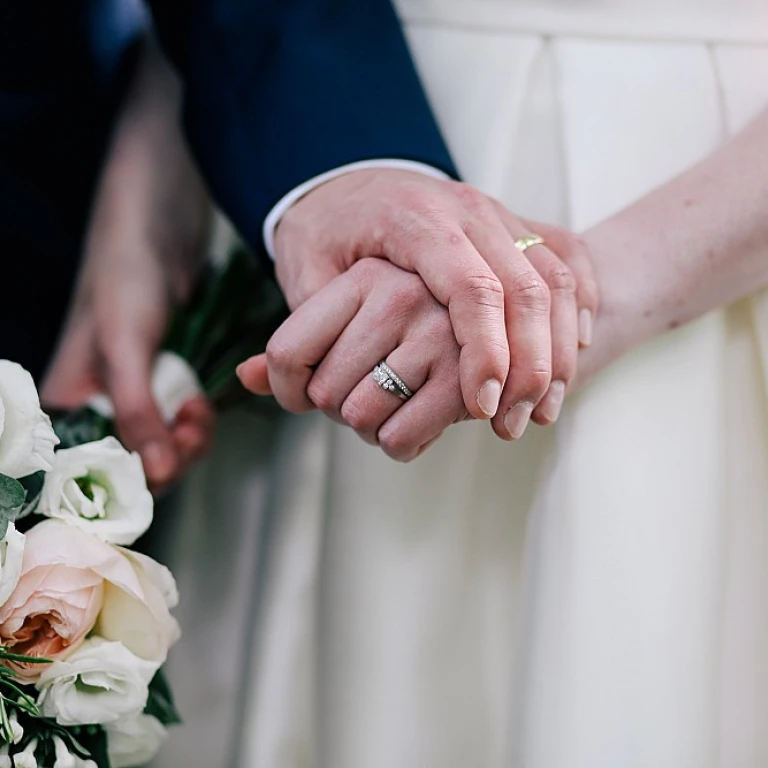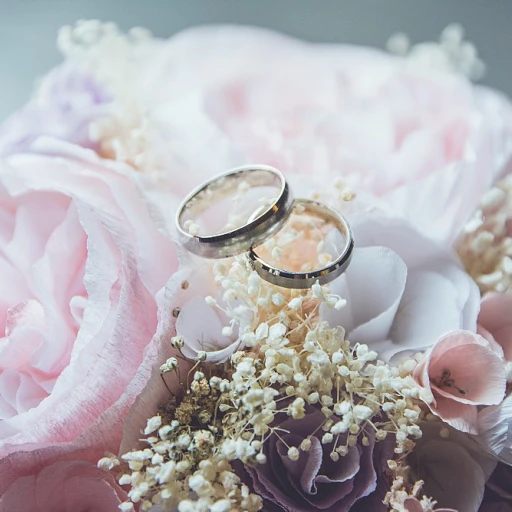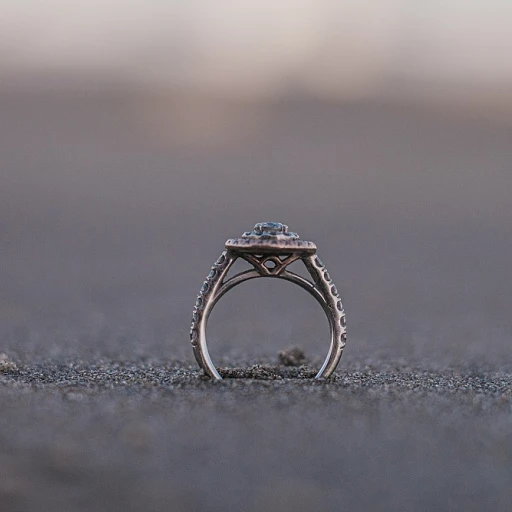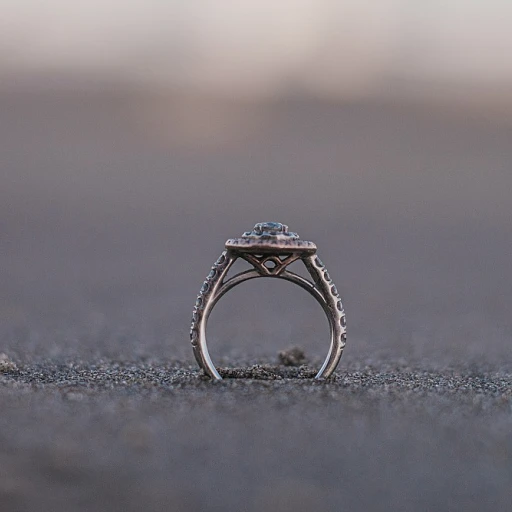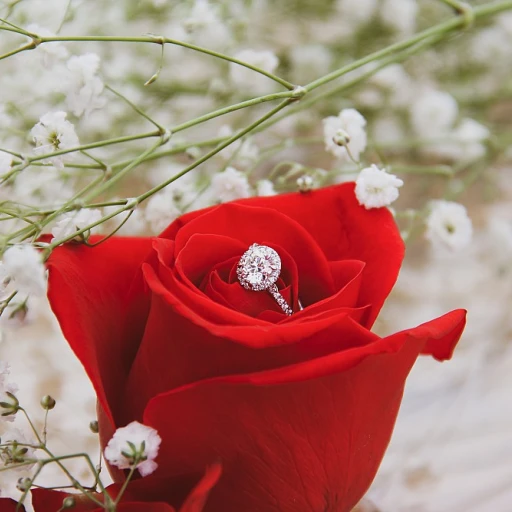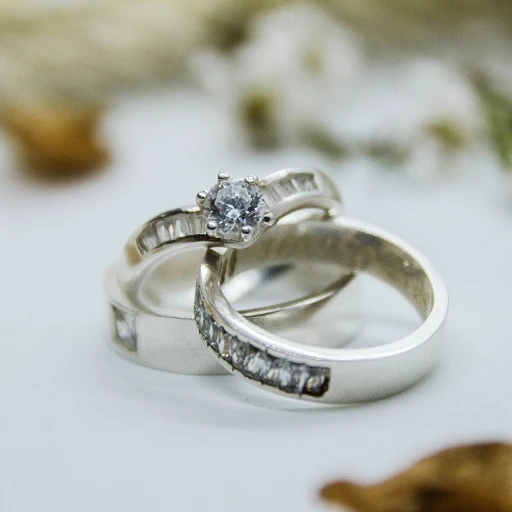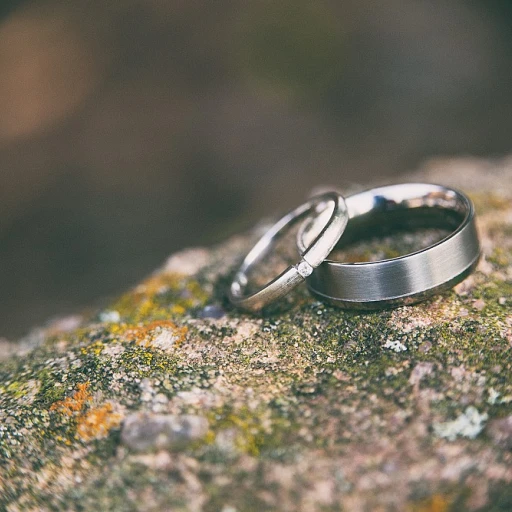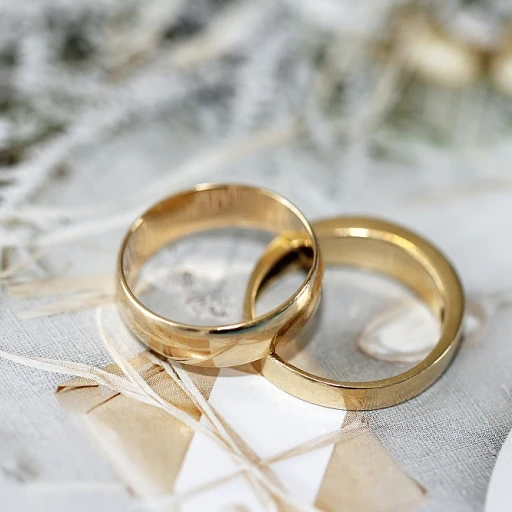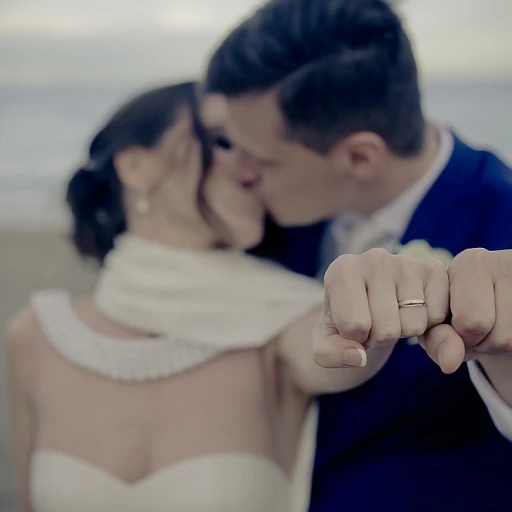The Allure of Victorian Wedding Rings
Victorian wedding rings hold a timeless allure that captivates future brides and grooms. Their vintage and classic appeal evokes a sense of romance and elegance, reminiscent of a bygone era. The intricate designs and superior craftsmanship of these rings are truly remarkable, making them a desirable choice for couples seeking a blend of history and style.
Victorian rings often feature a distinctive art deco style, with intricate filigree work that adds depth and character. A typical ring might showcase a yellow gold setting, complemented by a dazzling array of gemstones. Diamonds, prominently featured in many Victorian pieces, are often set with the mine cut style, a precursor to today's modern cuts. Various metals such as yellow gold, rose gold, and diamond platinum were commonly used in Victorian times to create these masterpieces.
Combining these materials provided a stunning backdrop for a variety of precious stones. The three stone design, in particular, was popular in Victorian engagement rings, symbolizing the past, present, and future of a couple's journey together.
For those interested in acquiring such treasures, the allure extends beyond mere aesthetics. Each Victorian ring carries with it a piece of history, its own story, and a unique art as part of its very fabric. When considering purchasing an antique wedding ring, understanding this profound connection to the past can add significant value beyond the regular price or even the sale price.
In a world of mass-produced goods, the Victorian engagement ring stands out as a unique unit of elegance and individuality. As you explore further into materials and craftsmanship, you'll uncover the intricate details and skilled techniques that make these rings exceptional pieces of art.
Historical Significance and Symbolism
The Legacy of Symbolism and Historical Impact
Victorian wedding rings are deeply embedded with historical significance, offering a window into a bygone era characterized by intricate designs and the use of precious materials. This period, roughly between 1837 and 1901, brought forth a romantic ideal that is still highly sought after today. Victorian rings are frequently admired for their symbolic elements. These antique treasures often feature motifs such as hearts, arrows, and claddaghs, capturing sentiments of love and unity. The inclusion of a three stone design in many Victorian rings signifies the past, present, and future of the couple's journey together. Many of these rings were initially worn as both engagement rings and wedding rings, emphasizing their dual purpose and enduring value throughout the marital journey. Their incorporation of colorful stones and mine cut diamonds reflects the era's flair for blending romantic artistry with a color palette that still captivates. Original Victorian rings utilized materials such as yellow gold, rose gold, and other precious metals like platinum and white gold, symbolizing wealth and permanence. These materials not only affect the aesthetic aspect but also contribute to the everlasting nature of the pieces. In the contemporary market, Victorian rings are celebrated for their timeless appeal and intricate craftsmanship. Those intrigued by the allure of the past might explore these elegant options when choosing their own Victorian style wedding ring, appreciating both the artistic and emotional weight they carry.Materials and Craftsmanship
Exquisite Craftsmanship and Materials
Victorian wedding rings are renowned for their exquisite craftsmanship and the quality of materials used in their creation. The era was marked by a meticulous attention to detail, resulting in rings that are not only beautiful but also rich in history and symbolism. These rings often feature intricate designs that reflect the artistic movements of the time, such as the influence of art deco and romantic motifs.
When it comes to materials, Victorian rings are typically crafted from precious metals like yellow gold, rose gold, and platinum. Each metal brings its own unique charm and durability, making them a popular choice for both engagement rings and wedding bands. The use of gold, particularly yellow gold, was prevalent, offering a warm and classic appearance that remains timeless.
Distinctive Gemstones and Cuts
The Victorian era was also known for its distinctive use of gemstones. Diamonds were a popular choice, often featured in unique cuts such as the mine cut, which is characterized by its slightly irregular shape and larger facets. This cut enhances the diamond's brilliance and gives it a vintage appeal that is highly sought after today.
In addition to diamonds, Victorian rings often incorporate other precious stones like sapphires, emeralds, and rubies. These stones are usually set in intricate patterns, creating a stunning visual effect that captures the eye. The use of three stone settings was also common, symbolizing the past, present, and future of a couple's relationship.
Considerations for Modern Buyers
For those looking to purchase a Victorian wedding ring today, there are several factors to consider. The price can vary significantly depending on the materials and the rarity of the design. It's essential to ensure that the ring's authenticity is verified, especially when buying antique or vintage pieces. Checking for a GIA certification can provide assurance of the diamond's quality and authenticity.
Whether you are drawn to the allure of a diamond platinum ring or the romantic charm of a rose gold band, Victorian wedding rings offer a timeless elegance that continues to captivate modern couples. Their unique blend of history, art, and craftsmanship makes them a cherished choice for those seeking something truly special.
Choosing the Perfect Victorian Wedding Ring
Finding Your Perfect Match
Choosing the ideal Victorian wedding ring is a journey that combines personal taste with historical appreciation. As you embark on this search, consider the unique allure and historical significance that these rings carry. A Victorian ring not only represents a commitment to your partner but also a connection to a rich past.
Consider the Style and Cut
Victorian rings come in various styles, from intricate art deco designs to more understated options. The cut of the diamond or gemstone is crucial; mine cut diamonds, popular during the Victorian era, offer a unique, vintage charm. Whether you prefer a three stone setting or a single stone, the cut will significantly impact the ring's overall appearance.
Material Choices
The choice of material is equally important. Yellow gold, rose gold, and white gold are popular choices, each offering a different aesthetic. For those seeking a more modern twist on a classic design, platinum offers durability and a sleek look. Consider the unit price and regular price of these materials, as they can vary significantly.
Budget and Authenticity
While the allure of a genuine antique Victorian ring is undeniable, these can come at a higher price. Be sure to verify the authenticity of the ring, especially if purchasing from a sale. A certified GIA diamond can assure you of the stone's quality and origin.
Personal Connection
Ultimately, the perfect Victorian wedding ring should resonate with both partners. Whether you opt for a diamond engagement ring or a vintage engagement piece, it should reflect your shared journey and future together.
Caring for Your Victorian Wedding Ring
The Care and Maintenance of Your Victorian Treasure
Owning an antique victorian wedding ring or engagement ring is not just about its aesthetic beauty; it’s about preserving an art deco piece of history that carries a story within every cut diamond or mine cut stone. Here’s how you can keep your ring’s allure and elegance intact for generations to come.- Regular Cleaning: Victorian rings, whether crafted with diamond, yellow gold, rose gold, or platinum, require periodic cleaning to maintain their shine and luster. Use a soft brush and mild soap to gently clean each unit of the ring. Avoid harsh chemicals that may damage delicate stones or the ring's vintage elements.
- Professional Care: Consider having your antique victorian ring inspected by a jeweler every six months. They can check the prongs and settings to ensure that none of the stones are loose, especially in three stone designs or those with intricate craftsmanship.
- Safe Storage: Store your victorian engagement or wedding ring in a soft cloth pouch or a padded jewelry box to protect it from scratches and prevent the delicate stones from chipping. Ensure that pieces such as a ring victorian with elaborate designs are stored separately to avoid tangling.
- Avoid Wearing During Certain Activities: It’s wise to remove your rings during activities such as gardening, swimming, or weightlifting. These activities could expose your heirloom to harsh chemicals, extreme temperatures, or mechanical stress that might compromise its structural integrity.
- Insurance Protection: Given the potential price appreciation of antique rings, consider insuring your victorian engagement ring. This ensures that your investment is protected against loss, theft, or damage, providing peace of mind and financial security.
Modern Interpretations and Trends
Bridging the Old with the New: Modern Takes on Victorian Rings
The enduring beauty and intricacy of Victorian wedding rings have captivated jewelry enthusiasts through the centuries. Today, modern interpretations often reflect the rich history and craftsmanship of their antique predecessors, while incorporating contemporary elements that echo today’s tastes and trends.- Innovative Cuts and Stone Choices: While antique mine cut diamonds still attract admirers for their unique charm, today's demand leans towards more refined cuts. Diamonds and other precious stones in Victorian engagement rings are now frequently crafted in modern styles like princess or cushion cuts, balancing antique allure with modern elegance.
- Metal Variations: Victorian rings were often fashioned in yellow or rose gold. However, contemporary designs seamlessly integrate white gold and platinum, offering a sleek, modern twist to the classic design. These metals enhance the beauty of vintage engagement rings and offer a diverse palette for modern couples to choose from.
- Artistic Flourishes: The Victorian era was renowned for its intricate art and design. Present-day Victorian-style rings maintain this attention to detail but sometimes incorporate Art Deco influences, bringing a unique fusion of eras to these exquisite pieces.
- Customization and Personal Touches: Modern jewelers often provide customization options for those wanting a personal touch. Selecting specific cuts, diamond or stone types, and engravings can personalize an antique Victorian style to suit individual preferences and budgets.
- Accessibility and Convenience: With the rise of online platforms, couples can now explore a vast array of Victorian and vintage-style rings from the comfort of their homes. Whether you're in search of a diamond platinum centerpiece or a rose gold setting, these platforms offer a wide view of options, often featuring detailed unit price comparisons and sale price offers.

